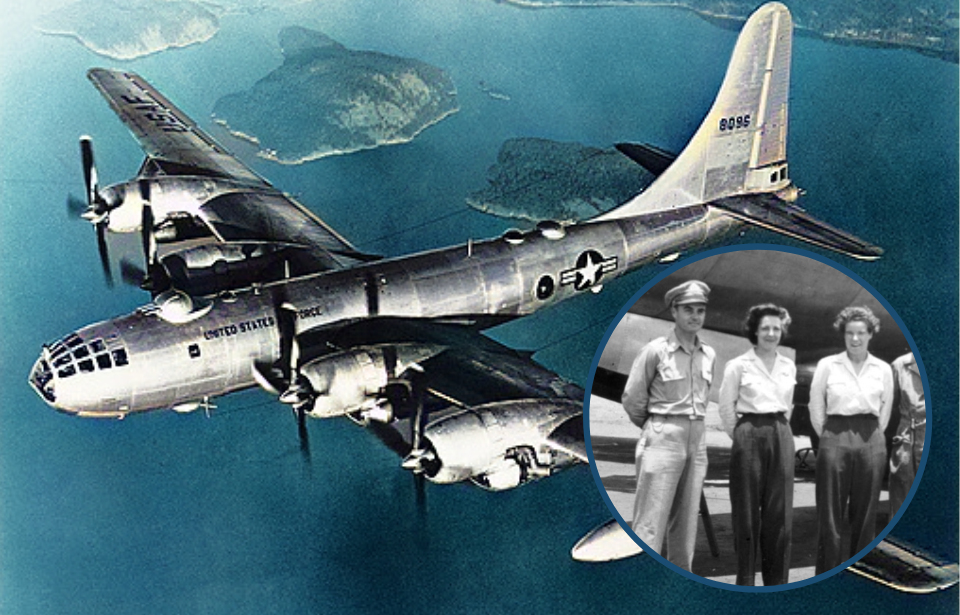In the lead-up to the bombings of Hiroshima and Nagasaki, Paul Tibbets was assigned the task of instructing a group of pilots in manning the new Boeing B-29 Superfortress. However, a significant challenge emerged: these aviators were steadfastly resistant to boarding the bomber. Their hesitancy stemmed from the B-29’s size and relatively limited testing, compared to other aircraft that had been deployed during World War II.
Faced with a group who were uneasy about the perceived risks of flying this unfamiliar aircraft, Tibbets recognized that their refusal was not a viable option. In a strategic move, he developed a clever plan, involving the training of two female pilots to conduct flight demonstrations for their male counterparts. This approach proved highly successful in overcoming the aviators’ reservations.
Problems with the B-29’s engines
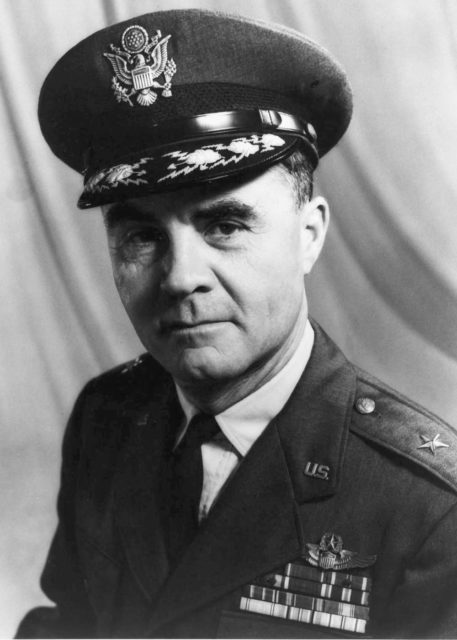
After serving in both the European and Pacific Theaters, Paul Tibbets received orders to return to the US in 1943 to contribute to the development of the B-29 Superfortress. Following the bomber’s successful testing phase, he assumed the role of director of operations for the 17th Bombardment Operational Training Wing (Very Heavy), with a focus on training pilots in the operation of the new aircraft.
Instructing these aviators proved to be a daunting task. Their reluctance was well-founded, given the B-29’s history of unreliable engines and frequent fires, as well as its relatively limited testing, compared to other aircraft. Additionally, the bomber’s notably larger size marked a significant departure from the aircraft previously flown by the US Army Air Forces (USAAF).
The women who flew the B-29 Superfortress
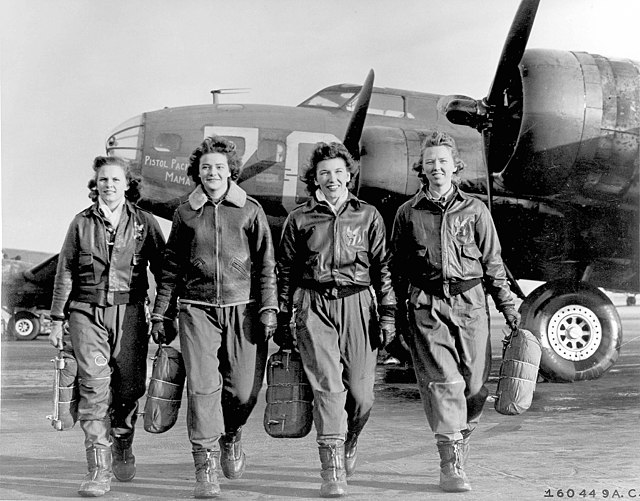
To address the concerns surrounding the B-29, Tibbets decided to train female pilots on the aircraft, in the hope of alleviating the fears among their male counterparts. He recruited two Women Airforce Service Pilots (WASPs) and discreetly omitted any prior issues with the bomber when briefing Dora Dougherty Strother and Dorothea Johnson “Didi” Moorman.
Interestingly, both women encountered no problems during their piloting sessions.
Specifically chosen because neither had previously flown a four-engine aircraft, Strother and Moorman intended to demonstrate that mastering flying a B-29 was within reach for anyone. Tibbets gave the pair just three days of training before deeming them ready to perform demonstrations for the male pilots. They conducted various flights out of the base in Alamogordo, New Mexico, with different aircrews onboard for each demonstration.
Reception as demonstration pilots
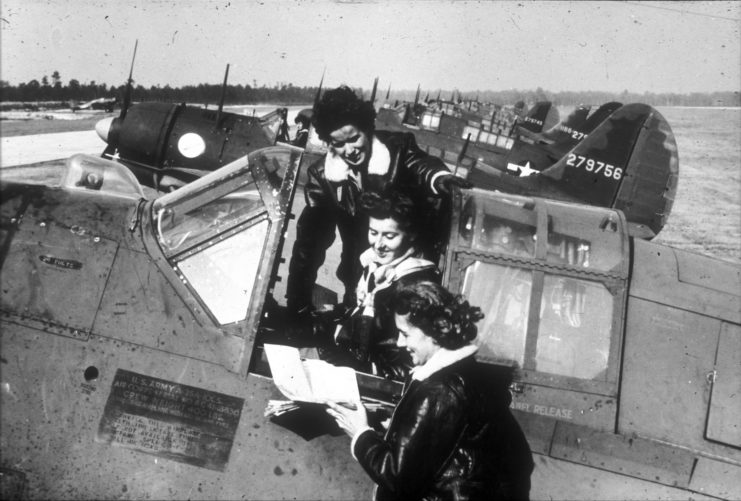
Strother and Moorman were successful in getting the male pilots to fly the B-29s. A maintenance bulletin written by Maj. Harry Shilling gave them praise for both their flying abilities and knowledge of the aircraft. He encouraged the men on the base to ask them questions about how to handle the bombers and emulate their impressive takeoffs.
Despite their success, Strother and Moorman didn’t have their jobs as demonstration pilots for long. When Tibbets’ superiors found out he was letting women fly the B-29s, they forced him to shut down the program. Air Staff Maj. Gen. Barney Giles told him that the women were “putting the big football players to shame.”
Remembering their role
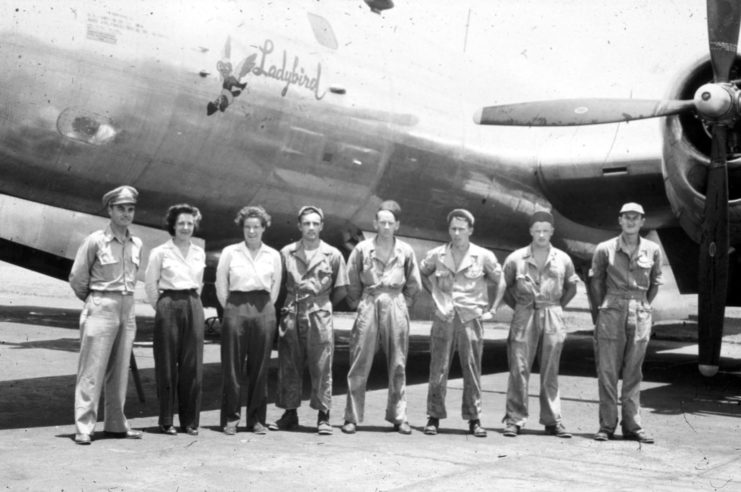
Although their role as demonstration pilots may seem small, it wasn’t viewed as such by the men who watched them. On August 2, 1995, Harry McKeown, a retired lieutenant colonel with the US Air Force, wrote a letter to Strother about her role flying the B-29s. He’d met her and Moorman in 1944 when they brought a B-29 to Clovis Army Airfield, where he served as the Director of Maintenance & Supply and a test pilot.
He said that after their demonstration “we never had a pilot who didn’t want to fly the B-29,” and ended his letter on a more personal note. “I still want to thank you for your helping me that day at Clovis,” he wrote. “I will admit that I was scared… You made the difference in my flying from then on. I wasn’t the only pilot that felt this way, and I am sure that they would thank you too if they knew where you were.”
Life after the war
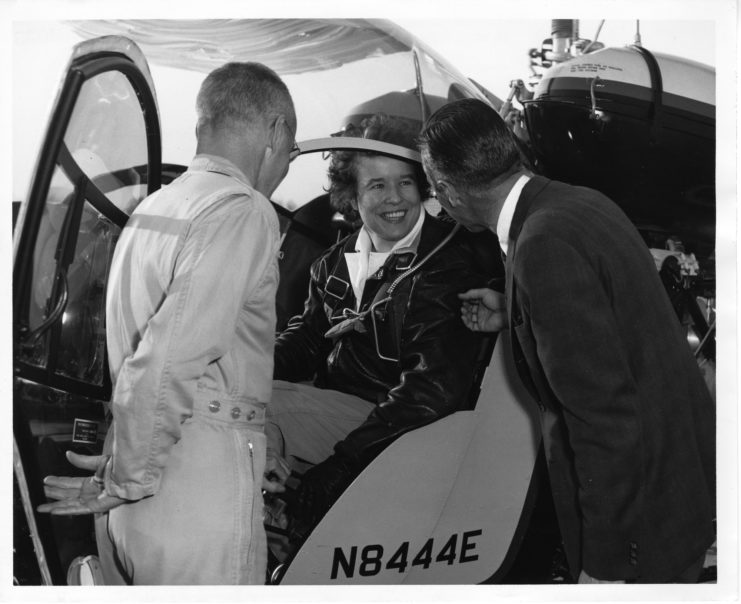
Both women carried on with the WASPs until the organization disbanded in 1944. Strother went on to earn her PhD from New York University and worked for Bell Helicopters from 1962-86. She kept in touch with McKeown and married him in 2002. Moorman raised five children in North Carolina after the war, and kept in close contact with Tibbets until her death in 2005.
More from us: Lumber Jills: The Women Who Made Up Britain’s Timber Corps
The WASPs, including Strother and Moorman, were denied military veteran status until 1977, when the US House and Senate voted to grant them what they had earned. This decision made them eligible for veterans benefits and also allowed the woman to commemorate their fallen sisters as veterans – something they hadn’t previously been able to do.
